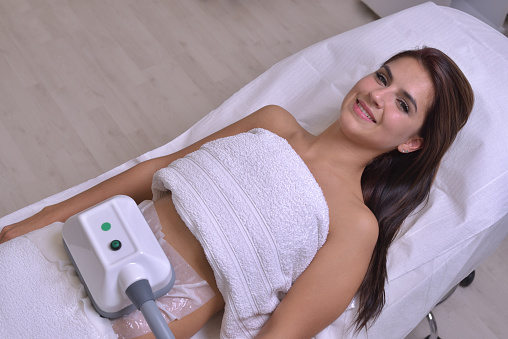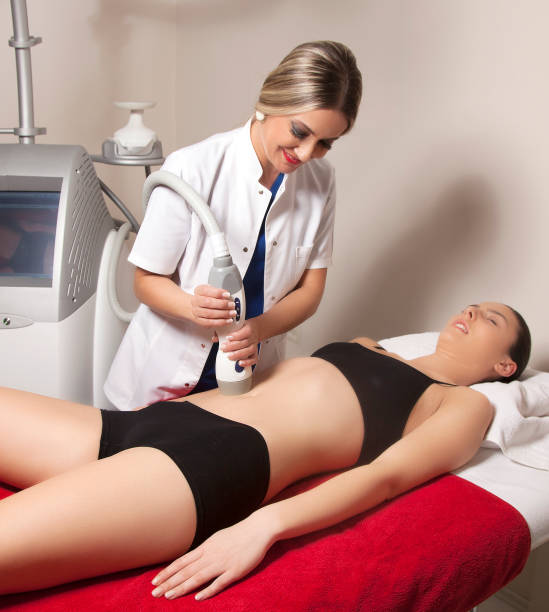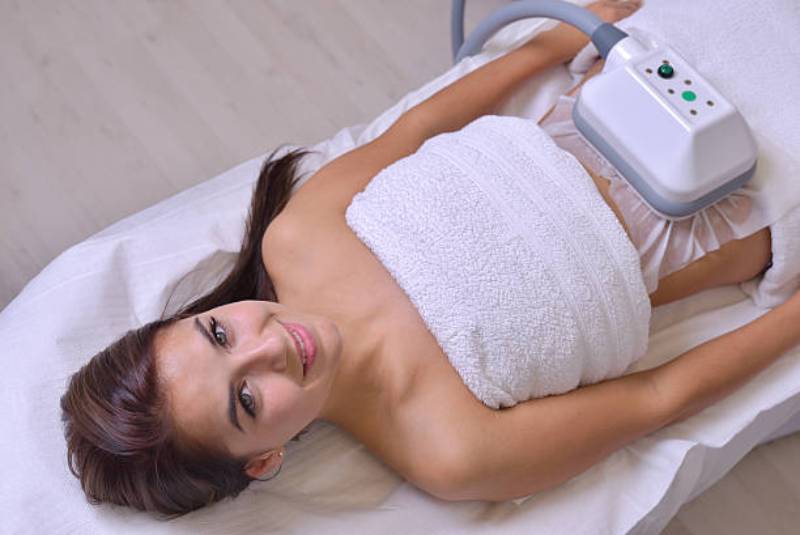The term “Freeze Treatment” could refer to different things depending on the context, but it is commonly used to describe a medical procedure called cryotherapy, which involves the use of cold temperatures to treat various health conditions.
In cryotherapy, liquid nitrogen or another extremely cold substance is applied to the skin or tissue to freeze and destroy abnormal cells or tissue growths, such as warts, moles, or certain types of skin cancer. The extreme cold also triggers a response from the immune system, which helps to remove damaged cells and promote healing.
Cryotherapy is also sometimes used to alleviate pain and inflammation in muscles and joints, and to treat certain nerve conditions like trigeminal neuralgia.
It’s important to note that cryotherapy should only be performed by trained medical professionals, as it can cause skin damage, nerve injury, or other complications if not done properly.

Does freeze treatment hurt?
Freeze treatment, also known as cryotherapy, involves using extreme cold temperatures to treat various conditions, such as skin lesions or warts. During the treatment, liquid nitrogen is used to freeze the affected area, which may cause some discomfort or pain.
The level of discomfort or pain experienced during freeze treatment can vary depending on the individual’s pain threshold, the area being treated, and the severity of the condition being treated. Some people may feel only a mild discomfort or a tingling sensation, while others may experience more intense pain or a burning sensation.
After the treatment, the treated area may be swollen, red, and blistered, which may cause some discomfort or pain. However, this usually subsides within a few days, and the area heals without any further complications.
If you are considering freeze treatment, it’s important to discuss the potential risks and benefits of the procedure with your healthcare provider, who can help you understand what to expect during and after the treatment.

How long does it take for skin to heal after freezing treatment?
The healing time after freeze treatment can vary depending on the size and location of the treated area, as well as the individual’s overall health and healing ability. Generally, it takes about 1 to 3 weeks for the skin to heal completely after freezing treatment.
Immediately after the procedure, the treated area may appear red, swollen, and blistered. Over the next few days, the blister may break and scab over. It’s important to avoid picking at the scab, as this can slow down the healing process and increase the risk of infection.
During the healing process, it’s important to keep the treated area clean and dry. You may also need to apply an antibiotic ointment or a dressing to protect the skin and promote healing. Your healthcare provider will provide you with specific instructions on how to care for the treated area and when you can resume normal activities.
If you experience any signs of infection, such as increased pain, redness, or pus, or if the healing process is taking longer than expected, it’s important to contact your healthcare provider right away for further evaluation and treatment.
What does skin look like after freezing?
After freezing treatment, the appearance of the skin can vary depending on the size and location of the treated area. Immediately after the procedure, the treated area may appear white or grayish-white, and a small blister may form. The surrounding skin may also appear red and swollen.
Over the next few days, the blister may break and a scab may form over the treated area. The scab may be dark in color and may gradually become lighter as it heals. It’s important to avoid picking at the scab, as this can slow down the healing process and increase the risk of infection.
In some cases, the treated area may become darker or lighter in color compared to the surrounding skin. This is known as hypopigmentation or hyperpigmentation, respectively, and is a common side effect of freezing treatment. These changes in skin color are usually temporary and will typically fade over time.
It’s important to follow your healthcare provider’s instructions on how to care for the treated area and when to seek medical attention if you experience any signs of infection or if the healing process is taking longer than expected. Your healthcare provider can also provide you with more information on what to expect in terms of the appearance of your skin after freezing treatment.
